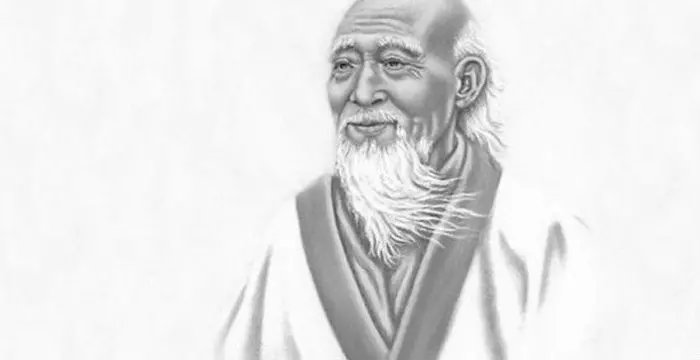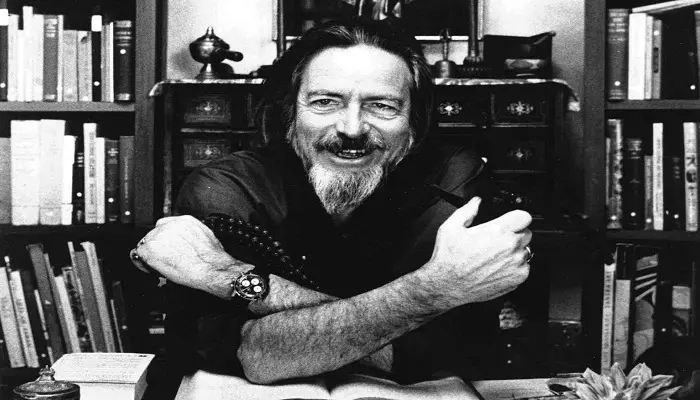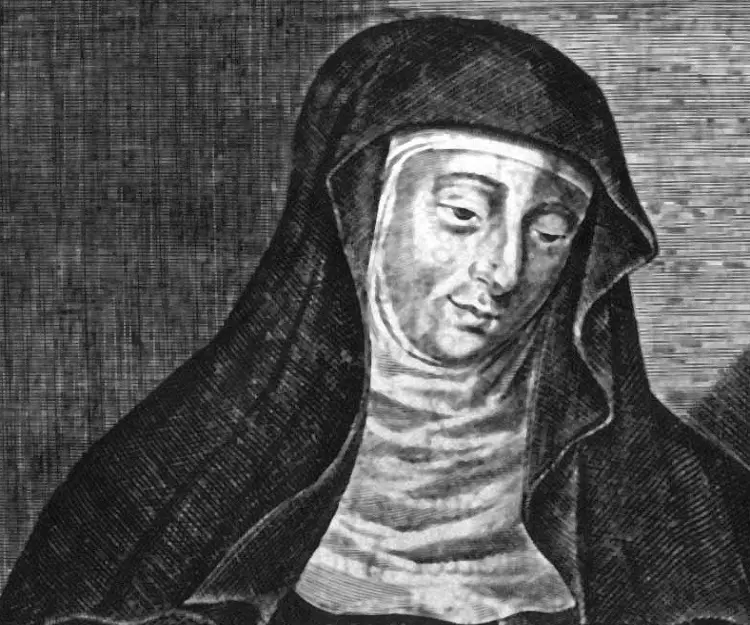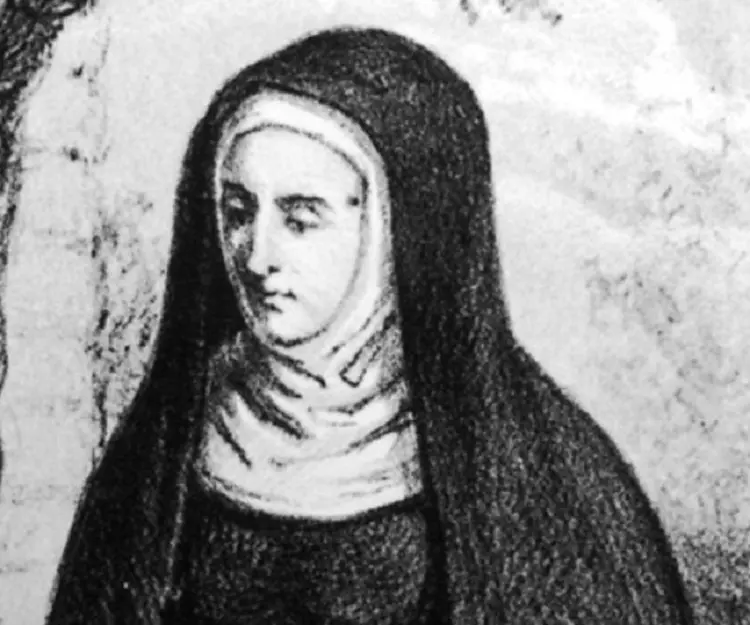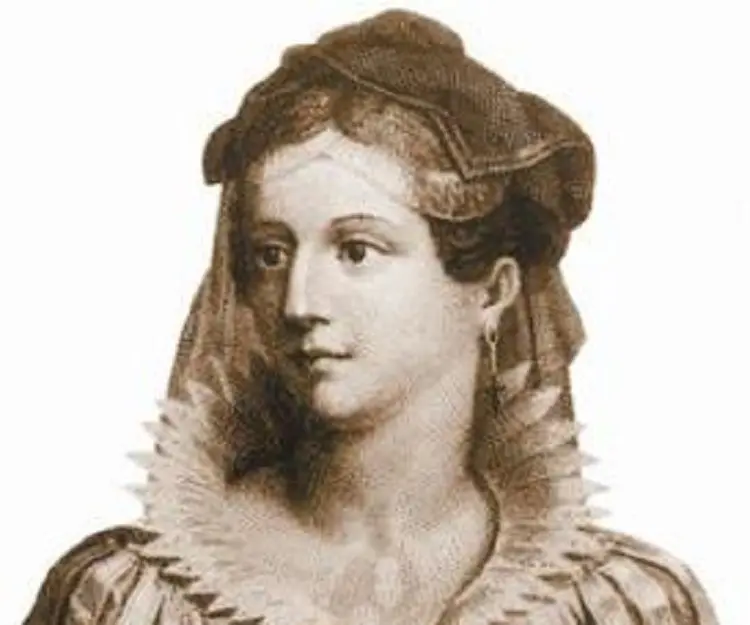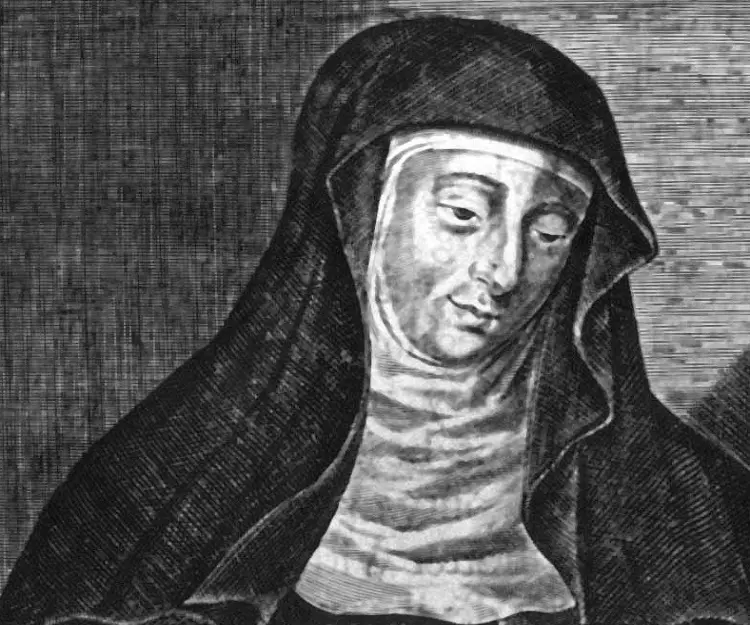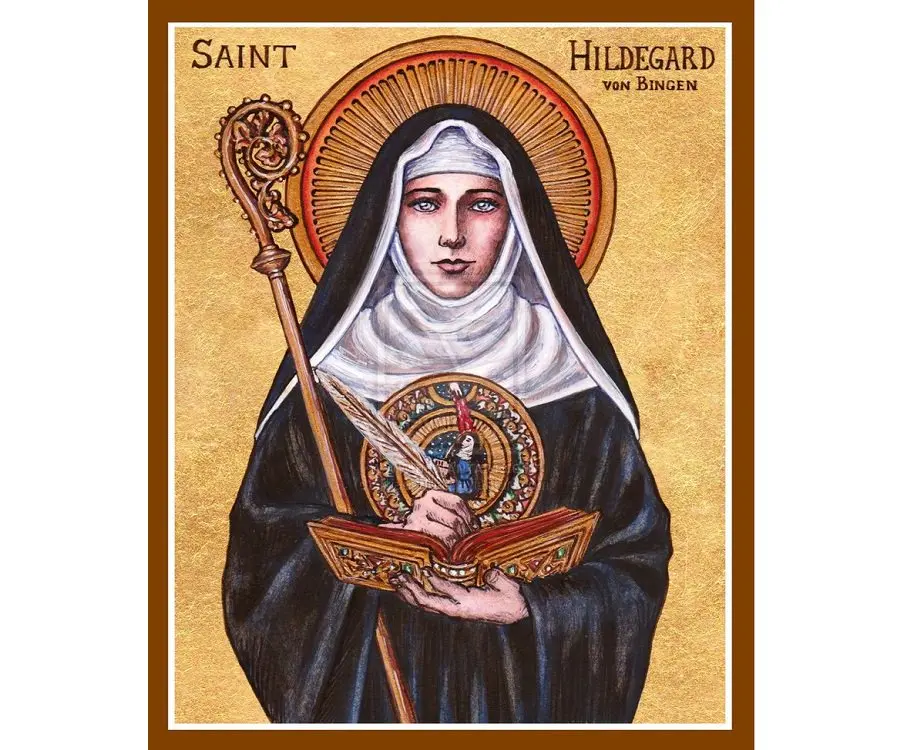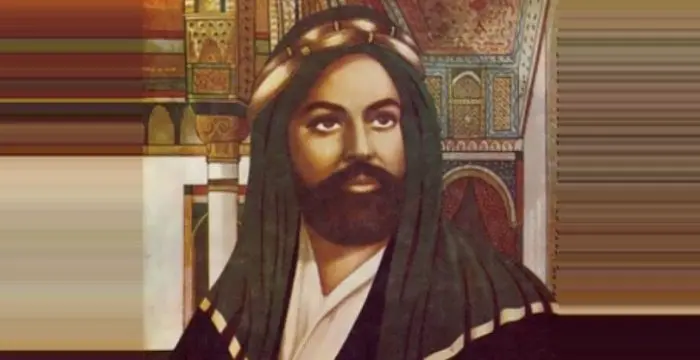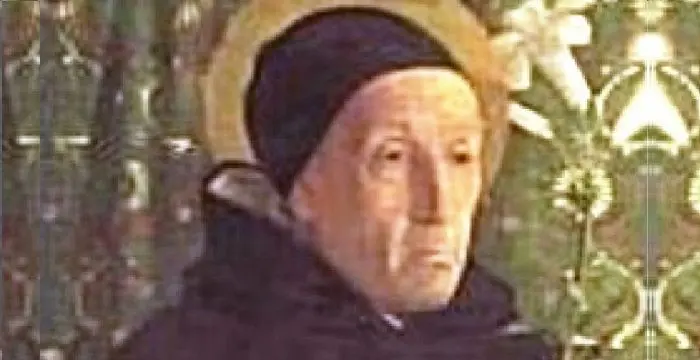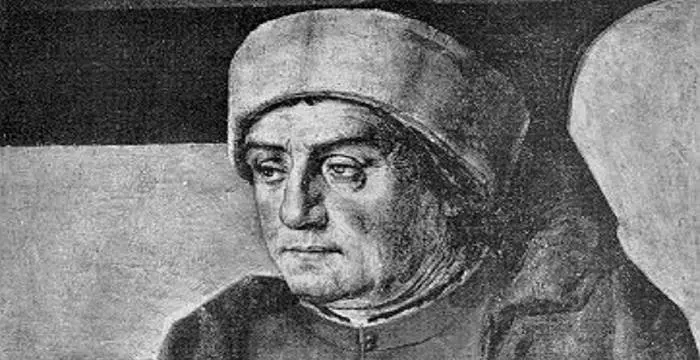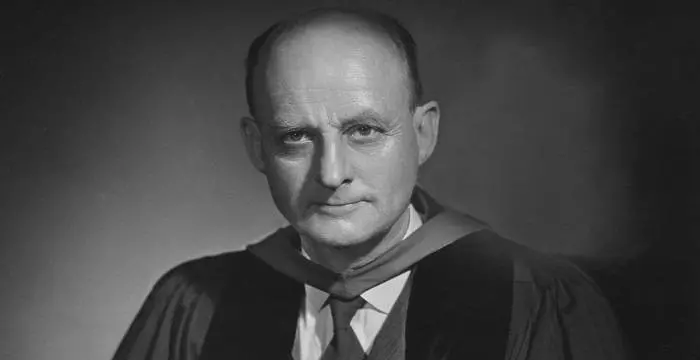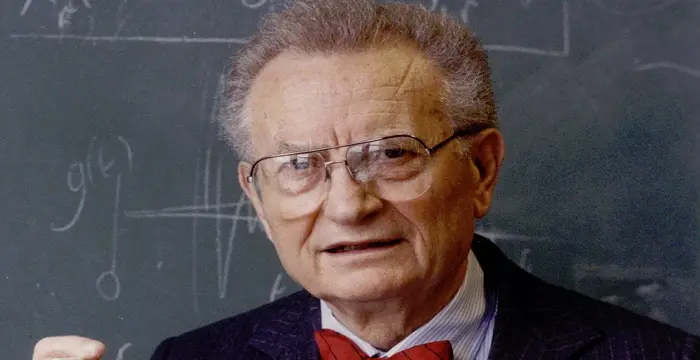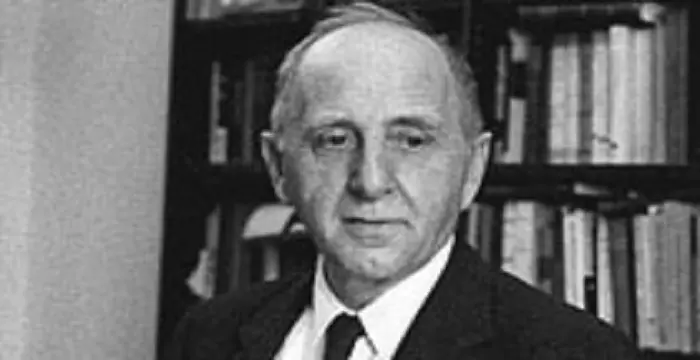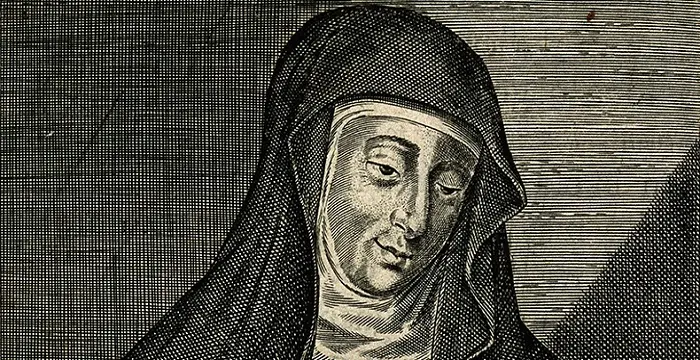
Hildegard of Bingen - Intellectuals & Academics, Facts and Childhood
Hildegard of Bingen's Personal Details
Hildegard of Bingen was the founder of scientific natural history in Germany
| Information | Detail |
|---|---|
| Birthday | September 16, 1098 |
| Died on | September 17, 1179 |
| Nationality | German |
| Famous | Intellectuals & Academics, Philosophers, Theologians, Spiritual & Religious Leaders |
| Known as | Saint Hildegard and Sibyl of the Rhine |
| Birth Place | Bermersheim vor der Höhe, Germany |
| Religion | Catholicism |
| Gender | Female |
| Sun Sign | Virgo |
| Born in | Bermersheim vor der Höhe, Germany |
| Famous as | Philosopher |
| Died at Age | 81 |
// Famous Philosophers
Martin Buber
One of the greatest philosophers to have ever walked on earth, Martin Buber contributions to philosophy is a long-standing one. Explore all about his profile, childhood, life and timeline here.
Lao Tzu (Laozi)
Lao Tzu was a legendary Chinese philosopher who wrote the important “Daodejing”. This biography profiles his childhood, life, career, achievements and timeline.
Alan Watts
Alan Watts was a famous British philosopher known for his Zen teachings and interpretations of Eastern philosophy. Read more about this great philosopher in the following article.
Hildegard of Bingen's photo
Who is Hildegard of Bingen?
Hildegard of Bingen, also known as Saint Hildegard, was a renowned German Benedictine abbess, writer, philosopher, composer, and visionary, widely regarded as the founder of scientific natural history in Germany. Her fellow nuns elected her as the magistra, and she founded the monasteries of Rupertsberg and Eibingen. She wrote theological, botanical, and medicinal texts, composed liturgical songs and poems, and explained her visions in her work ‘Scivias.’ She also invented a constructed language known as Lingua Ignota. When Hildegard died on September 17, 1179, her nuns claimed that they saw two streams of light in the skies that crossed over the room where she was breathing her last. After her death, the monk Theoderic of Echternach compiled her hagiography, ‘Vita Sanctae Hildegardis’. He had included the hagiographical work ‘Libellus’ or ‘Little Book’, which had been started by Godfrey of Disibodenberg who died before completing his work. Guibert of Gembloux was then invited to finish the work. However, he too could not complete the project. Theoderic finally completed the Vita. The Roman Catholic Church has recognized her as a saint for centuries. However, it was only in October 2012 that Pope Benedict XVI declared her a saint through the process of canonization and proclaimed her a Doctor of the Church. Her writings were translated into English, and works based on her life including Barbara Lachman’s ‘The Journal of Hildegard of Bingen’ and Joan Ohanneson’s ‘Scarlet Music: A Life of Hildegard of Bingen’ were published. Centuries after her death, a recording of Hildegard’s music, ‘A Feather On The Breath Of God’, with the pure soprano of Emma Kirkby and Gothic Voices became a bestseller.
// Famous Spiritual & Religious Leaders
Swami Vivekananda
Swami Vivekananda was the chief disciple of Sri Ramakrishna, and was responsible for awakening India spiritually. Check this biography to know in detail about his life, profile and timeline.
Prophet Muhammad
Prophet Muhammad was the founder of Islam, one of the most widespread religions in the world. This biography profiles his childhood, life story, achievements and more.
Murad IV
Murad IV was one of the mighty Sultans in the history of the Ottoman Empire. This biography profiles his childhood, family, accession, rule, administration and timeline.
Childhood & Early Life
Hildegard was born around the year 1098, in West Franconia, Germany, to Mechtild of Merxheim-Nahet and Hildebert of Bermersheim. She belonged to a family of lower nobility, who were in the service of the Count Meginhard of Sponheim. She had nine siblings.
From a very young age, she had experienced visions.She had visions of humans as “living sparks” of God’s love, coming from God as daylight comes from the sun. She saw harmony of God’s creations, and envisioned humans’ place in it.
Due to her visions, and also because of the custom of surrendering the tenth child to the Church, she was offered as an oblate to the Benedictine monastery at the Disibodenberg under the guidance of an older girl, Jutta of Sponheim. She was professed at the age of eight, and at 18, she became a nun.
From Jutta’s biography, written by monk Volmar, her secretary, we come to know about the hard life of a nun. They stayed in small cells with a single window, and were allowed just one meal a day in winter and two in summer. They prayed throughout the day and night, at regular intervals. As a result, they were often weak and ill. Hildegard was often bedridden by various illnesses throughout her life.
After Jutta’s death in 1136, her fellow nuns elected Hildegard as magistra of the community. At age of 43, she consulted her confessor about her visions, who reported the matter to the archbishop of Mainz. A panel of theologians tested her and confirmed the authenticity of her visions. Thereafter, a monk was appointed to help her record her visions in writing.
Works
Hildegard took almost ten years to complete her first work ‘Scivias’ (Know the Ways). After Pope Eugene III encouraged her to continue writing, she wrote ‘Book of the Merits of Life’ and ‘Book of Divine Works’.
The three volumes of her visionary theology were ‘Scivias’ (composed between 1142-1151), ‘Liber Vitae Meritorum’ (‘Book of Life's Merits’ or ‘Book of the Rewards of Life’, composed between 1158-1163); and ‘Liber Divinorum Operum’ (‘Book of Divine Works’, composed between 1163/4-1172). In these works, she first describes each vision, and then interprets their theological contents in the words of the "voice of the Living Light."
Scivias consists of 26 prophetic and apocalyptic visions. It dealt with topics like the church, relationship between God and man, redemption, and many others.
Her works include three volumes of visionary theology, a number of musical compositions, and a musical morality play called ‘Ordo Virtutum’. She also wrote 400 letters addressed to popes, emperors, abbots and abbesses. She also wrote two volumes of material on natural medicine and cures, as well as various minor works like gospel commentary and two works of hagiography.
During her lifetime, many of her manuscripts were produced, including the Rupertsberg manuscript of Scivias; the Dendermonde Codex, consisting of her musical works; and the Ghent manuscript, which was her final theological work, the Liber Divinorum Operum. At the end of her life, all her works were edited and collected into the Riesenkodex manuscript.
’Ordo Virtutum,’ the morality play, was composed in 1151. It consists of monophonic melodies for the Anima (human soul) and 16 Virtues. There is also a part for the Devil. Scholars believe that Volmar would have played the Devil’s role, while the nuns played the parts of Anima and the Virtues.
‘Symphonia armonie celestium revelationum’ is a collection of her 77 liturgical songs. The songs range from antiphons, hymns, sequences, and responsories. Her music is described as monophonic that consisted one melodic line. Scholars describe her style to be characterized by soaring melodies. Her music is highly melismatic, often with recurrent melodic units. Scholars also note the intimate relationship between music and text in her compositions.
Her medicinal and scientific writings are different in focus and scope. These were not rooted in her visionary experience; rather they are sourced from her practical experience. These experiences also led to a herbal garden and infirmary in the monastery. She also gained practical skills in diagnosis, prognosis, and treatment. She combined treatment of diseases with holistic methods based on "spiritual healing." She was well known for her healing powers, and used tinctures, herbs, and precious stones.
She documented her medical knowledge in two works—‘Physica’ that consists of nine books, describing the scientific and medicinal properties of plants, stones, fish, reptiles, animals, etc. The second was ‘Causae et Curae’ that explores the human body and its connections to the rest of the natural world. It also deals with the causes and cures of common diseases. Various medical treatments were documented in these books, including home remedies for many common diseases.
In 1150, she left Disibodenberg with 20 nuns, and found a new convent at St. Rupertsberg, where she continued to record her visions in writing. Between 1152 and 1162, she preached in the Rhineland. In 1165 she founded a second monastery at Eibingen.
Personal Life
Hildegard traveled widely throughout Germany, enlightening people about her visions and religious insights.
Nuns in her monasteries were influenced by her unorthodox regime. They were allowed extraordinary freedom; they could wear their hair long, uncovered, and even crowned with flowers.
She had faced many controversies in her lifetime. The monks protested vigorously when she moved her monastery to Bingen from her original location. She questioned Emperor Frederick Barbarossa for supporting three antipopes. She challenged the Cathars, who rejected the Catholic Church to follow Christianity. She also protested when a local bishop forbade the celebration of Eucharist at the Bingen monastery. This sanction was lifted only a few months before her death.
Hildegard died on 17 September 1179. Several centuries after her death, she was canonized in 2012 and Pope Benedict XVI named her a Doctor of the Church.
// Famous Theologians
Meister Eckhart
Explore this biography to know the profile, childhood, life and timeline of Meister Eckhart, who brought in a great change in Germany with his groundbreaking thesis and ideas.
Anicius Manlius Severinus Boethius
Boethius was an early 6th century Roman senator and philosopher best known for his treatise ‘Consolation of Philosophy’. This biography of Boethius provides detailed information about his childhood, life, achievements, works & timeline.
Reinhold Niebuhr
Reinhold Niebuhr was a German-American theologian, intellectual and political commentator who wrote the famous book, ‘Moral Man and Immoral Society’. This biography provides information about his profile, childhood, life and timeline.
Hildegard of Bingen biography timelines
- // 16th Sep 1098Hildegard was born around the year 1098, in West Franconia, Germany, to Mechtild of Merxheim-Nahet and Hildebert of Bermersheim. She belonged to a family of lower nobility, who were in the service of the Count Meginhard of Sponheim. She had nine siblings.
- // 1136After Jutta’s death in 1136, her fellow nuns elected Hildegard as magistra of the community. At age of 43, she consulted her confessor about her visions, who reported the matter to the archbishop of Mainz. A panel of theologians tested her and confirmed the authenticity of her visions. Thereafter, a monk was appointed to help her record her visions in writing.
- // 1150In 1150, she left Disibodenberg with 20 nuns, and found a new convent at St. Rupertsberg, where she continued to record her visions in writing. Between 1152 and 1162, she preached in the Rhineland. In 1165 she founded a second monastery at Eibingen.
- // 1151’Ordo Virtutum,’ the morality play, was composed in 1151. It consists of monophonic melodies for the Anima (human soul) and 16 Virtues. There is also a part for the Devil. Scholars believe that Volmar would have played the Devil’s role, while the nuns played the parts of Anima and the Virtues.
- // 17th Sep 1179Hildegard died on 17 September 1179. Several centuries after her death, she was canonized in 2012 and Pope Benedict XVI named her a Doctor of the Church.
// Famous Intellectuals & Academics
Bertil Gotthard Ohlin
Bertil Gotthard Ohlin was a famous Swedish economist. This biography profiles his childhood, family life & achievements.
Emily Greene Balch
Emily Greene Balch was an American economist, sociologist and pacifist who won the 1946 Nobel Peace Prize. This biography of Emily Greene Balch provides detailed information about her childhood, life, achievements, works & timeline.
Martin Buber
One of the greatest philosophers to have ever walked on earth, Martin Buber contributions to philosophy is a long-standing one. Explore all about his profile, childhood, life and timeline here.
Paul Samuelson
Nobel laureate Paul Anthony Samuelson is referred to as the ‘Father of Modern Economics’. This biography profiles his childhood, life, career, achievements and interesting facts about him.
Lao Tzu (Laozi)
Lao Tzu was a legendary Chinese philosopher who wrote the important “Daodejing”. This biography profiles his childhood, life, career, achievements and timeline.
Simon Kuznets
Simon Kuznets was a noted Russian-American economist, statistician, demographer, and economic historian. Check out this biography to know about his childhood, family life, achievements and other facts related to his life.
Hildegard of Bingen's FAQ
What is Hildegard of Bingen birthday?
Hildegard of Bingen was born at 1098-09-16
When was Hildegard of Bingen died?
Hildegard of Bingen was died at 1179-09-17
Where was Hildegard of Bingen died?
Hildegard of Bingen was died in Bingen am Rhein
Which age was Hildegard of Bingen died?
Hildegard of Bingen was died at age 81
Where is Hildegard of Bingen's birth place?
Hildegard of Bingen was born in Bermersheim vor der Höhe, Germany
What is Hildegard of Bingen nationalities?
Hildegard of Bingen's nationalities is German
What is Hildegard of Bingen's religion?
Hildegard of Bingen's religion is Catholicism
What is Hildegard of Bingen's sun sign?
Hildegard of Bingen is Virgo
How famous is Hildegard of Bingen?
Hildegard of Bingen is famouse as Philosopher

